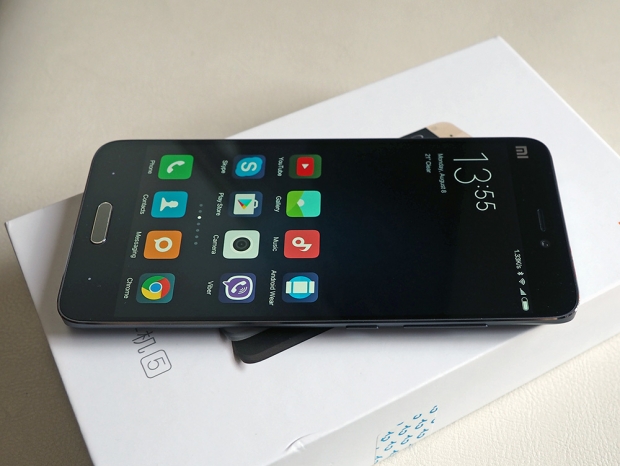Index
Conclusion
As a value proposition, Xiaomi phones are definitely a great choice, and it’s easy to recommend budget Xiaomi phones like the Mi4c and Redmi Note 3 Pro (SD808 and SD650 processors respectively). These phones retail at about $140 to $160 and they’re bargains, considering the hardware inside.
However, the Mi5 has to live up to flagship expectations. Being cheaper than mainstream flagships isn’t enough in this market segment: You also need great performance and user experience. Luckily, the Mi5 does not disappoint. It delivers exceptional performance and can easily take on mainstream flagships.
What about the f/2.0 camera? In low light conditions, it can’t keep up with the latest flagships, but you can get great results if you decide to fiddle with manual controls and take full advantage of the 4-axis stabilization. While its optics aren’t as good as those used in Samsung and Apple flagships, Xiaomi’s camera is a tad smaller and does not protrude. This may not seem very important, but a lot of people just like phones that don’t have a huge lens sticking out of them.
The locked bootloader is another source of concern, especially if you’re new to Xiaomi phones. Changing the ROM can be tricky and time-consuming, and it’s definitely not something non-geeks should be doing.
Aside from the ROM issues and the optics, the Mi5 is a proper flagship, yet it’s cheaper and more compact than most competing designs. It’s easy to recommend, although the ROM issue is a caveat when it comes to users who aren’t tech-savvy.
So which one should you get? The entry-level 32GB version ships with a marginally slower processor, but you still get the same RAM, fast storage, camera, display etc. It’s relatively good value, provided you can live with 32GB of storage. We tested the 64GB model, which hits the sweet spot. It has a faster processor and enough storage for most people, yet it doesn’t cost much more than the 32GB version. The 128GB model isn’t for everyone. It ships with an extra 1GB of RAM, for a total of 4GB, and loads of storage, but it’s quite pricey and doesn’t deliver much more performance than the 64GB model (or even the 32GB variant for that matter).
Therefore we recommend the 64GB version for most people, although the 32GB model is the obvious choice for cash-strapped consumers. Sure, it has a somewhat slower processor, but honestly, who cares? It’s still a Snapdragon 820 device and it’s still very fast.
To sum up: With the Mi5, Xiaomi is back in the flagship space, after skipping one product cycle. It’s a great comeback, and since Xiaomi prices tend to tumble a few months after launch, chances are the Mi5 will become even more attractive from a price/performance perspective in the near future. None of this would have been possible without Qualcomm’s stellar Snapdragon 820 and its custom Kryo CPU cores. Kudos to the gifted engineers in both outfits, they’ve done an impressive job.
Xiaomi Mi5 Pros and Cons
Pros:
- Price/Performance
- Overall performance, fast storage
- 4-axis OIS
- Compact design
- Battery life, fast charging
Cons:
- Limited availability in the West, potential ROM issues
- Camera can't keep up with latest flagships
- Glass back may not be to everyone's liking




